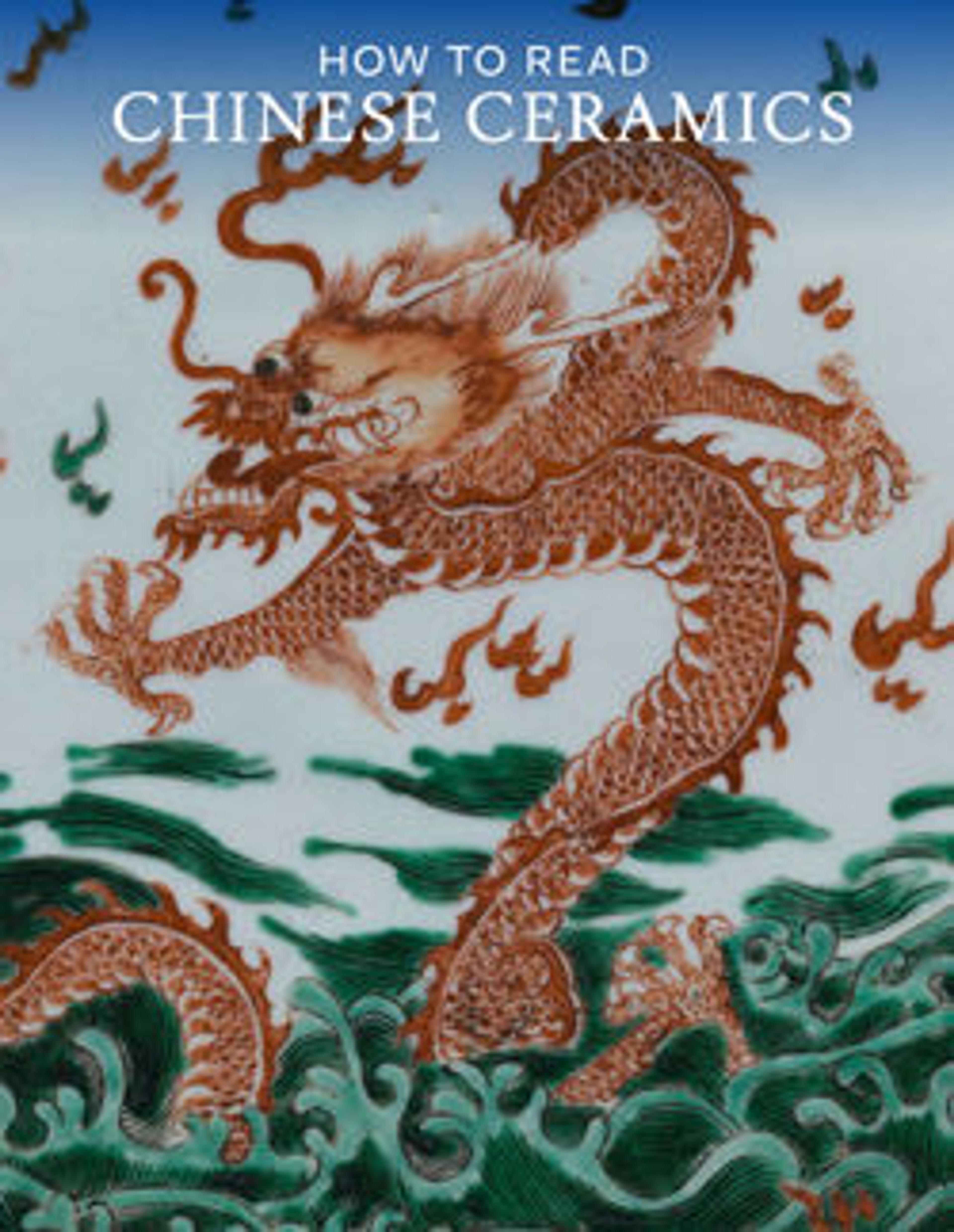Pilgrim flask
This lentoid (i.e., lens-shaped) ceramic vessel is made of yellowish buff clay. It has a narrow mouth, and small loop handles at the shoulder. It was excavated on the Tall-i Takht at Pasargadae in what is today southwestern Iran. Pasargadae was the first capital of the Achaemenid Persian Empire, founded by King Cyrus ca. 550 B.C. After his death ca. 530 B.C. further work at the site was carried out by his successors Cambyses and Darius, but in the 510s Darius shifted his focus to the new capital Persepolis. The Tall-i Takht, a massive platform, was probably intended to be the site of a royal palace which was never completed. Instead a large mudbrick structure was built there, possibly a royal storehouse, which stood until ca. 280 B.C. when the Tall-i Takht was burned, possibly during a revolt against the Seleucids.
Vessels of this shape are often called ‘pilgrim flasks’ because of their resemblance to the souvenir vessels sold at Christian pilgrimage sites around the Mediterranean, beginning in the late Roman Empire. Yet this shape existed long before the advent of Christianity, so this term is somewhat misleading. The small size and narrow mouth of this vessel certainly lend themselves to its use as personal flask for water or some other drink, much like a modern canteen.
This vessel was excavated in 1962 by the British Institute of Persian Studies. However, it was not acquired by the Metropolitan Museum of Art until 1978, as a result of the Met’s financial contributions to the Institute’s excavations at Tepe Nush-i Jan, another site in Iran. At the time the Iranian government allowed foreign excavators to keep a portion of the finds, and these excavators in turn would divide their share among the institutions that supported the work.
Vessels of this shape are often called ‘pilgrim flasks’ because of their resemblance to the souvenir vessels sold at Christian pilgrimage sites around the Mediterranean, beginning in the late Roman Empire. Yet this shape existed long before the advent of Christianity, so this term is somewhat misleading. The small size and narrow mouth of this vessel certainly lend themselves to its use as personal flask for water or some other drink, much like a modern canteen.
This vessel was excavated in 1962 by the British Institute of Persian Studies. However, it was not acquired by the Metropolitan Museum of Art until 1978, as a result of the Met’s financial contributions to the Institute’s excavations at Tepe Nush-i Jan, another site in Iran. At the time the Iranian government allowed foreign excavators to keep a portion of the finds, and these excavators in turn would divide their share among the institutions that supported the work.
Artwork Details
- Title:Pilgrim flask
- Date:ca. 4th–3rd century BCE
- Geography:Iran, Pasargadae
- Culture:Seleucid
- Medium:Ceramic
- Dimensions:7 3/16 × 6 3/16 × 4 3/16 in. (18.2 × 15.7 × 10.7 cm)
- Credit Line:Purchase, H. Dunscombe Colt Gift, 1978
- Object Number:1978.93.10
- Curatorial Department: Ancient West Asian Art
More Artwork
Research Resources
The Met provides unparalleled resources for research and welcomes an international community of students and scholars. The Met's Open Access API is where creators and researchers can connect to the The Met collection. Open Access data and public domain images are available for unrestricted commercial and noncommercial use without permission or fee.
To request images under copyright and other restrictions, please use this Image Request form.
Feedback
We continue to research and examine historical and cultural context for objects in The Met collection. If you have comments or questions about this object record, please contact us using the form below. The Museum looks forward to receiving your comments.
